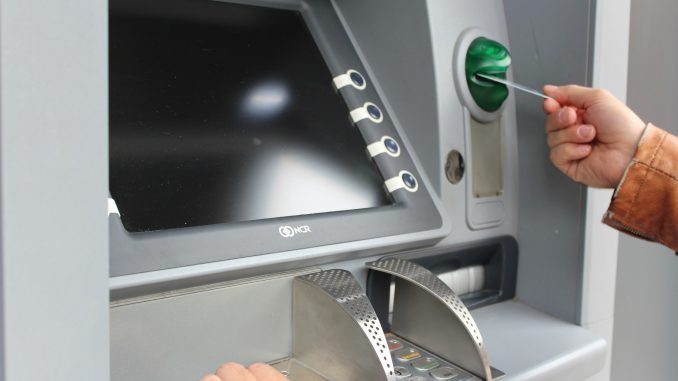
The number of people using cash has been declining for a number of years. Now, since the pandemic began last year, we’ve moved closer to having a cashless society.
In data released by Link, which is a major cash machine network in the UK, the number of transactions fell by 43% between April 2020 and February 2021.
Consumers have been turning to digital payments instead of cash in the last decade, and this has resulted in the closure of bank branches and ATMs. But, with the added risks of COVID-19 being passed on by handing notes and coins, this process has accelerated.
The Link data shows that the amount of cash withdrawn has plummeted by over a third during the pandemic, and the amount of money being handled tumbled by £37 billion.
Because consumers are reluctant to use physical cash and are more likely to use contactless or online payments, the number of cashpoint withdrawals fell by 68% during the first national lockdown. And, in some parts of the UK, it was as high as 80%.
Despite these figures rising slightly during the summer months, overall, the statistics still show a steep decline as consumers followed strict restrictions from November onwards.
These numbers reflect the changes in social restrictions. Many ATM machines have been closed due to social distancing measures. Additionally, many premises, such as pubs and cinemas, have been closed for significant periods of time.
The decline of cash machines in the UK has been a concern for consumer groups for some time, as there are fears that vulnerable groups, like the elderly, those on low incomes, and people living in rural areas, will struggle to get hold of cash.
During the pandemic, the decline of cash has sped up, and this could be a significant issue for people that still rely on it for their essential purchases and living costs.


Leave a Reply